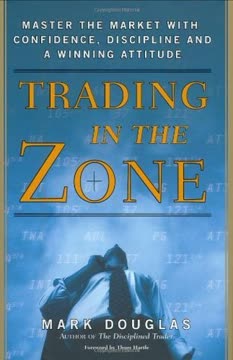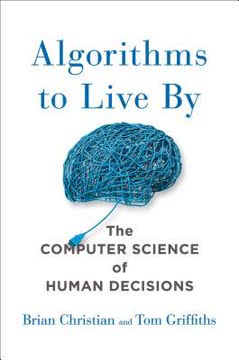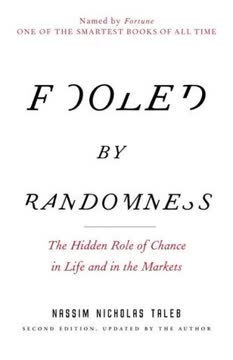Key Takeaways
1. Candlestick Charting: A Powerful Tool for Market Analysis
"The Candlestick Course" provides essential knowledge for understanding and applying candlestick charting techniques to financial markets.
Visual representation of market data. Candlestick charts offer a unique and visually intuitive way to represent price movements in financial markets. These charts provide a wealth of information at a glance, allowing traders and investors to quickly assess market sentiment and potential trend reversals.
Comprehensive market analysis. By combining price data with visual patterns, candlestick charts enable users to:
- Identify potential support and resistance levels
- Spot trend reversals and continuations
- Gauge market psychology and sentiment
- Make more informed trading decisions
2. The Origins and Basic Applications of Candlestick Charts
Candlestick charting, originating in 18th century Japan, has become a powerful tool for modern market analysis.
Historical significance. Candlestick charting was developed by Japanese rice traders in the 1700s as a method to track and predict market movements. This centuries-old technique has stood the test of time and continues to be widely used in today's financial markets.
Universal application. Candlestick charts can be applied to various financial instruments and timeframes:
- Stocks, bonds, commodities, and currencies
- Intraday, daily, weekly, and monthly charts
- Technical analysis and pattern recognition
- Integration with other technical indicators
3. Understanding Candlestick Construction and Basic Patterns
Each candlestick tells a story of price action, revealing the battle between buyers and sellers.
Anatomy of a candlestick. A single candlestick consists of four key components:
- Open price
- Close price
- High price
- Low price
The relationship between these elements creates the candlestick's shape, color, and size, providing valuable insights into market sentiment and potential future price movements.
Basic market strategies. Understanding candlestick construction allows traders to develop strategies based on:
- Bullish and bearish patterns
- Trend confirmation and reversal signals
- Support and resistance levels
- Volume analysis in conjunction with candlestick patterns
4. Single Candle Lines: Interpreting Individual Candlesticks
The Doji candle, with its small real body, signals indecision and potential trend reversal.
Key single candle patterns. Individual candlesticks can provide significant information about market sentiment:
Spinning Tops and High Wave Candles:
- Indicate market indecision
- Often appear at trend reversal points
Doji Candles:
- Represent equilibrium between buyers and sellers
- Signal potential trend reversals when appearing after strong trends
Long Real Bodies:
- Indicate strong buying or selling pressure
- Often signal the start or continuation of trends
5. The Power of Candle Patterns: Recognizing Market Trends
Candlestick patterns, like the Harami and Morning Star, offer insights into potential trend reversals and continuations.
Common candlestick patterns. Recognizing multi-candle patterns can provide valuable trading signals:
Reversal Patterns:
- Piercing Line and Dark Cloud Cover
- Engulfing patterns
- Morning and Evening Stars
Continuation Patterns:
- Three White Soldiers and Three Black Crows
- Rising and Falling Windows
Pattern interpretation. Understanding these patterns allows traders to:
- Identify potential trend reversals
- Confirm existing trends
- Spot potential entry and exit points
- Manage risk more effectively
6. Leveraging Candlestick Charts for Trading Opportunities
Successful trading with candlesticks requires a disciplined approach and adherence to proven guidelines.
Candlestick chart applications. Traders can use candlestick charts to:
- Identify trend direction and strength
- Spot potential reversal points
- Confirm breakouts and breakdowns
- Set stop-loss and take-profit levels
Trading guidelines. To effectively use candlestick charts, traders should:
- Combine candlestick analysis with other technical indicators
- Consider multiple timeframes for a comprehensive view
- Practice patience and wait for pattern confirmation
- Manage risk through proper position sizing and stop-loss placement
7. Advanced Techniques: Progressive Charting and Market Mastery
Progressive charting techniques enhance the power of candlestick analysis, providing deeper insights into market dynamics.
Evolving analysis methods. As traders become more proficient with basic candlestick techniques, they can incorporate advanced concepts:
- Multiple timeframe analysis
- Integration with Western technical analysis tools
- Candlestick pattern recognition software
- Advanced risk management strategies
Continuous learning. Mastering candlestick charting is an ongoing process that requires:
- Regular practice and review of trading decisions
- Staying updated on market conditions and new analysis techniques
- Developing a personalized trading style based on candlestick insights
- Adapting strategies to changing market environments
Last updated:
Review Summary
The Candlestick Course receives positive reviews for its comprehensive introduction to candlestick charting. Readers appreciate the detailed explanations, examples, and end-of-chapter quizzes that reinforce learning. Many find it helpful for beginners and as a refresher for experienced traders. The book is praised for its insights into market psychology and practical applications. Some readers note that the Kindle version can be challenging to navigate. Overall, reviewers recommend it for those looking to improve their trading strategies and understand candlestick patterns.
Similar Books










Download PDF
Download EPUB
.epub digital book format is ideal for reading ebooks on phones, tablets, and e-readers.





